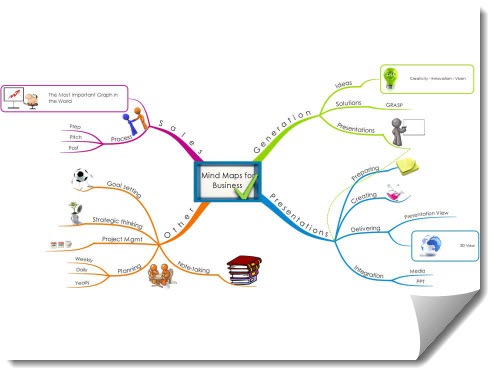5 Blog Content Writing Tips that Are Timeless
01/09/2013 Leave a comment

When the New Year rolls around it’s usually a good time to review what worked for you and your website last year and what can be improved upon in this one. Isn’t there a popular saying that goes something like “out with the old and in with the new”? No, I’m not suggesting that you revamp everything, but as stated earlier now is a good time to review what you did right.
Last year, was a chaotic one for online content and seo copywriters, because as usual there were huge changes made in popular social media platforms such as Twitter, Youtube and Linked In. Furthermore, Google made substantive changes in their algorithms and some of the seo writing techniques that used to work in the past now need to be readjusted in order to get your website better ranking. However, the following are at least five to-dos or principles that have not changed and are almost foundational to increasing views and web traffic.
1. Conduct Keyword Research
You will get little website traffic and your prospective readers aren’t going to find you if you are not using relevant keywords that help your visitors find your website. Spend the time to do the keyword research that will increase your web traffic potential by checking out Google’s free Keyword research tool at the very minimum.
2. Create Relevant Content
This may seem basic but it bears repeating. You need to create content that will answer the problems of your prospective reader. You need to provide relevant answers to the questions that your readers might have and set up clear call-to-actions.
3. Create Evergreen Content
Spending time researching the questions your prospective visitors or customers ask repeatedly will pay off by providing you information to write the kind of content that will bring them back to your website again and again. This type of content is not time sensitive but usually addresses the type of information that doesn’t change rapidly (i.e. how-to articles, principles,etc.) and provides answers to your most frequently asked questions, thus it is often termed “evergreen” .
4. Connect your Blog to Popular Social Media Platforms
You will increase your web traffic by connecting your blog content in ways that can be shared on the most popular social media sites, such as Twitter, Facebook, Instagram, and Pinterest. Spend some time reviewing which social media platforms are the best prospects for sharing your data and make sure your blog posts have those social media sharing buttons. After all, sharing is caring.
5. Check out the technical aspects of your blog or website
The best writing is not going to get much traffic if your work is not accessible due to technical issues with your blog or website. Broken links, slow downloading times or no social media sharing buttons available are all things that are going to hurt your blog or website’s traffic. Make sure you attend to these issues on an ongoing basis.









